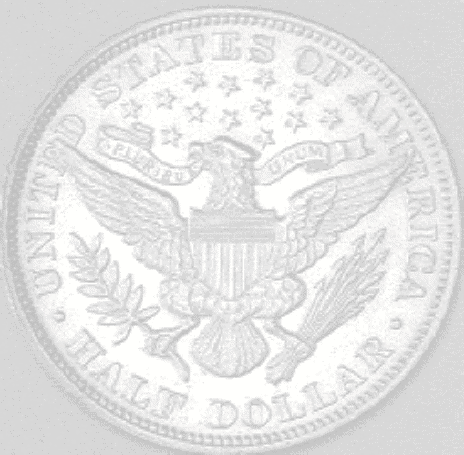
|
|
||
|
|
|
|
|
|
||

-61-
FOR BETTER OR WORSE:
War, Inflation, And Women
"Most Americans were only faintly aware of it," writes Mr. Hicks, "but the facts were clear. The United States in the fall of 1914 escaped a depression only by the First World War” (483). He goes on to explain,
The huge bond issues amid expanding business they supported made for cheap money and currency inflation. In theory, the gold standard was maintained, but gold did not circulate and dollars bought less and less . . ..
Women not only invaded industry, but they were also increasingly in evidence in business and the professions (Hicks, 495).
The Federal Land Bank
In 1916, Congress passed the Federal Farm Loan Act. It authorized the forming of the Federal Land Bank which was designed "to provide capital for agricultural development to created standard forms of investment based upon farm mortgage, and to equalize rates of interest upon farm loans” (Hicks, 458). It was set up after the Federal Reserve system with a governing board of 12 Federal Farm Land Banks each of which was to have a capital of 750,000 "dollars." By forming themselves into cooperatives, farmers could "borrow" up to 50 percent of the appraised value of their lands (Hicks, 458). It was reminiscent of the days prior to the Agrarian Revolt.
The Emergency Banking Act
On October 6, 1917, Congress passed the "Trading with the Enemy Act," and on March 9, 1933, Congress confirmed and broadened this Act by passing the "Emergency Banking Act." Under the powers granted by these two Acts, the President of the United States issued a series of Executive Orders which "temporarily” removed the United States from the gold standard. All gold coin, bullion and certificates were to be surrendered to the Federal Reserve banks. The reason given was that strict control over the export of gold had to be maintained by the Treasury (“Coins and Currency of the United States”, 3). *
* Congress exercised its authority and fixed the standard of weights and measures, and it has the authority to regulate that standard, but it does not have the authority to alter, or abolish that standard, or to fix a standard in avoirdupois or in metric units. Globalists are busy trying to make us all citizens of planet earth. However, since all public servants --be they senators or Congressmen, etc., swear to uphold the Constitution of the United States, every public servant who opposes the Constitution ought to be expelled for violating their oath of office.
The Pittman Act
The Pittman Act of April 23, 1918 authorized the conversion of 350,000,000 silver “dollars” into bullion for the sale or for use in subsidiary coinage. The Act directed the "purchase" of domestic silver for the recoinage of as many silver "dollars." A total of 270,232,722 silver "dollars" was converted into bullion consisting of 209,000,000 fine ounces of silver. Of this amount, 259,121,554 "dollars" were "sold" to Great Britain for one "dollar" per fine ounce, plus mint charges, and 11,111,168 "dollars" were re-minted as subsidiary coins (“Coins and Currency”, 8). As a result, in October 1919, the stock market broke into panic.
The Great "Depression"
In 1920, the United States confessed its inability to "assume the
burdens of all the earth" (Hicks, 539) and ceased lending to the nations
who were our allies In the war. The nation's coinage had been tampered
with, and the influx of paper “money” which was without any intrinsic
value caused the illusion of rising prices. Subsidiary coinage in the
midst of exportation of large quantities of silver angered Americans.
"They retaliated by staging a "Buyers' strike."
By 1921, there were 3 1/2 million men out of work
(Hicks, 539). Failures among the western country banks became common
(Hicks, 542). Therefore in 1923, Congress passed the "Intermediate
Credits Act" which established 12 intermediate credit banks as distinct
corporations. They were to have 5,000,000 "dollars" in capital and were
to be under the same control as the Federal Land Banks (Hicks, 547).
Between May 1920 and June 1923, silver was "purchased"
under the Pittman Act from American mints at one "dollar" per ounce. A
total of 270,232,722 silver "dollars" was recoined. The significance of
the Act is that Silver Certificates equal in amount to the silver
"dollars" converted into bullion were retired from circulation, and
replaced with Federal Reserve notes (“Coins and Currency”, 8-9). Silver
Certificates were later returned to circulation (“Coins and Currency”,
22) and replaced these Federal Reserve notes (“Coins and Currency”, 9).
Such "shuffling" of the standards of weights and measures caused
Americans to become anxious. Congress should say what it means and mean
what it says.
